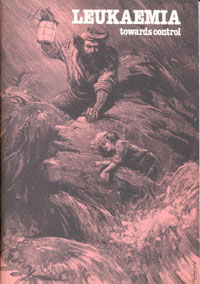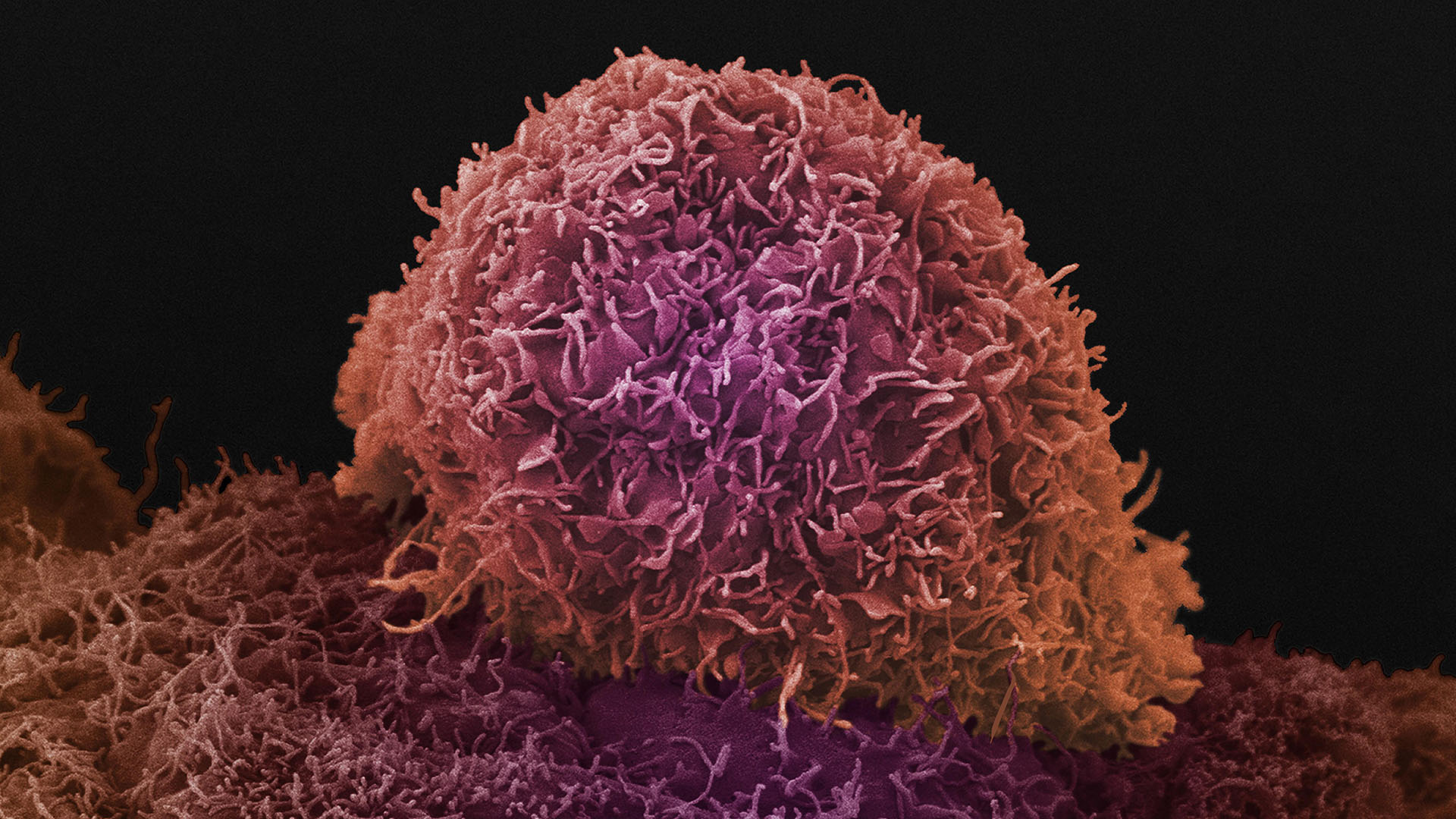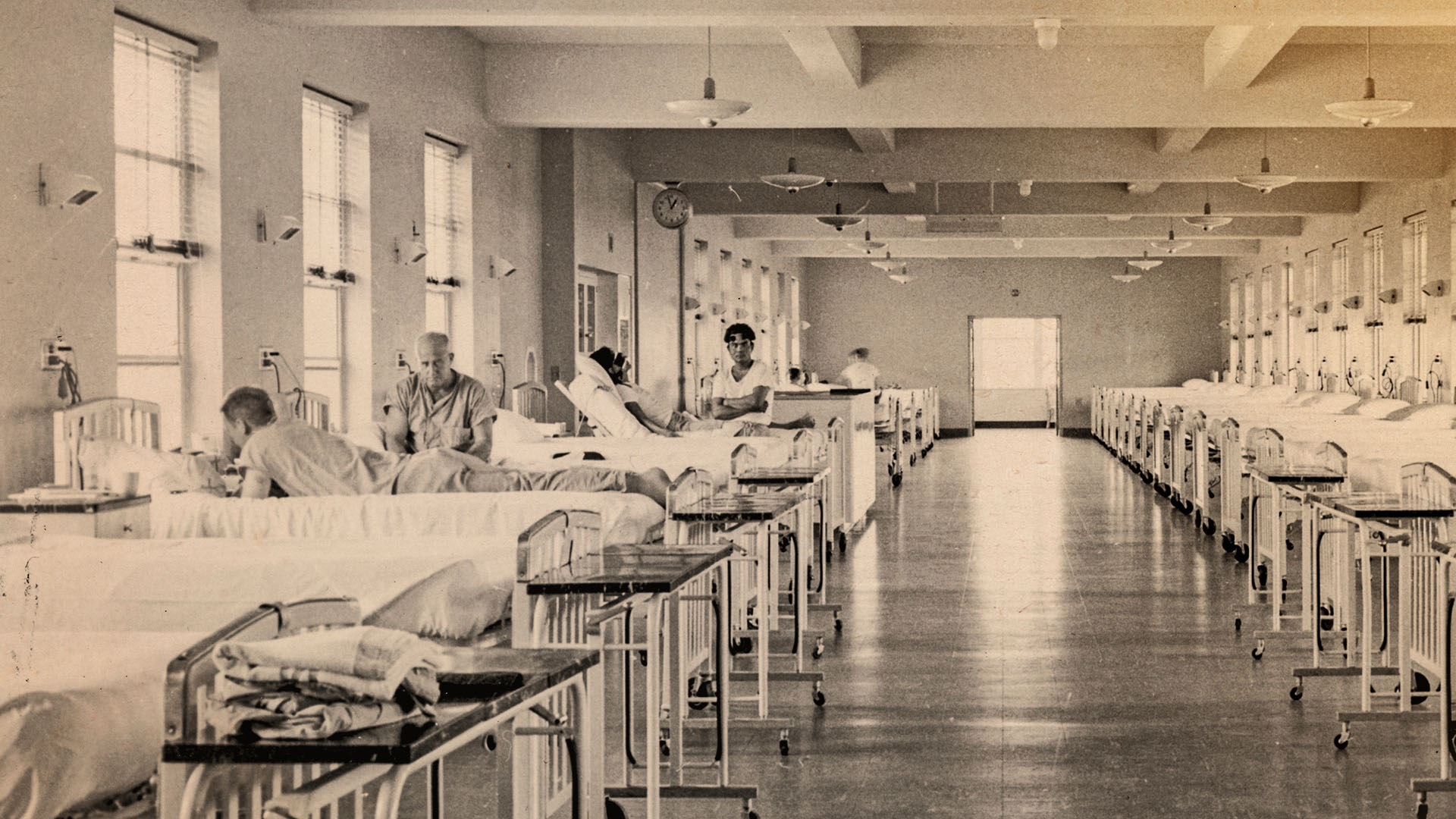Unlocking the Value of Combination Therapies

Until the end of the 1960s leukaemia killed about 400 children annually in the United Kingdom. Excluding infant deaths (that is, those occurring in the first year of life) leukaemia alone was responsible for approaching 10 per cent of total child mortality at…
Until the end of the 1960s leukaemia killed about 400 children annually in the United Kingdom. Excluding infant deaths (that is, those occurring in the first year of life) leukaemia alone was responsible for approaching 10 per cent of total child mortality at that time and between 40 and 50 per cent of all child cancer deaths. Amongst adults around 3.000 individuals were, and still are, lost each year as a result of one or another of the various forms of the illness.
But by the late 1970s medical advances against leukaemia had cut the toll imposed on the very young by over a third. The Registrar General’s latest figures indicate that in the order of 150 children are being saved in Britain each year. And recent American data suggests that perhaps one in two of all those who contract a leukaemic disease in their first fifteen years will with appropriate treatment live on to adulthood. For girls diagnosed as having the most common type of childhood leukaemia there is now a roughly 80 per cent chance of long-term survival (five years plus) and probable cure following the use of anticancer medicines. This stands against the prospect only thirty or so years ago of almost certain death in a few months from the first symptoms.
In the case of adults progress has not been so rapid. Leukaemia mortality has actually tended to rise, largely because of population ageing. Almost two-thirds of all leukaemia deaths are now recorded in the 60-plus age group. For individuals unfortunate enough to contract an acute form in middle life the prognosis is still poor and even those with the relatively benign chronic leukaemias of later years will in most cases ultimately die as a direct or indirect result of such diseases. However, modern medicine can normally provide several years of virtually symptom free life for such sufferers. This is a considerably better outlook than that which existed before the 1950s.
Against this encouraging background this paper examines the nature of the leukaemias and their treatment, where possible relating the available information to possible advances in curative techniques and the organisation of caring services. It also raises a number of economic issues relevant to the provision of cancer chemotherapy and the extension of facilities for bone marrow transplantation in Britain, an operation which if made more widely available and/or applicable might reduce further the number of leukaemia deaths during the 1980s.
One objective is to help generate a realistic view of the impact that this group of neoplastic diseases has on the community. Another is to highlight the overlapping relationship between research and basic service provision in this and other areas of cancer care. The analysis provided indicates an obvious need for improved treatments, likely to be met only by a process of prolonged, careful therapeutic experimentation and evaluation. This carries with it important implications regarding the distribution of the limited resources available to the NHS, even though charitable organisations such as the Leukaemia Research Fund contribute significantly to innovative activity in this context.
Leukaemia: Towards Control
Taylor, D.
(1980) Leukaemia: Towards Control. OHE Series on Health. Available from https://www.ohe.org/publications/leukaemia-towards-control/


